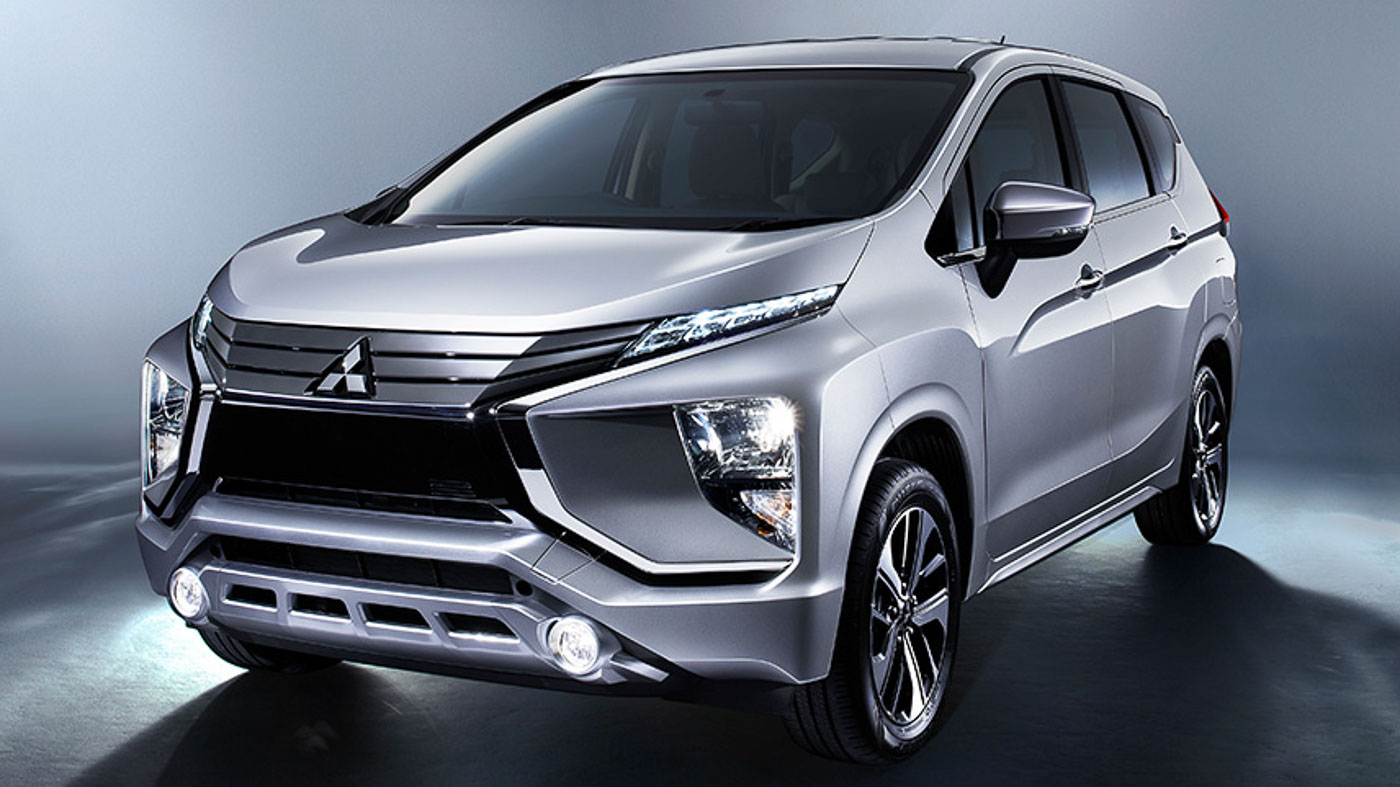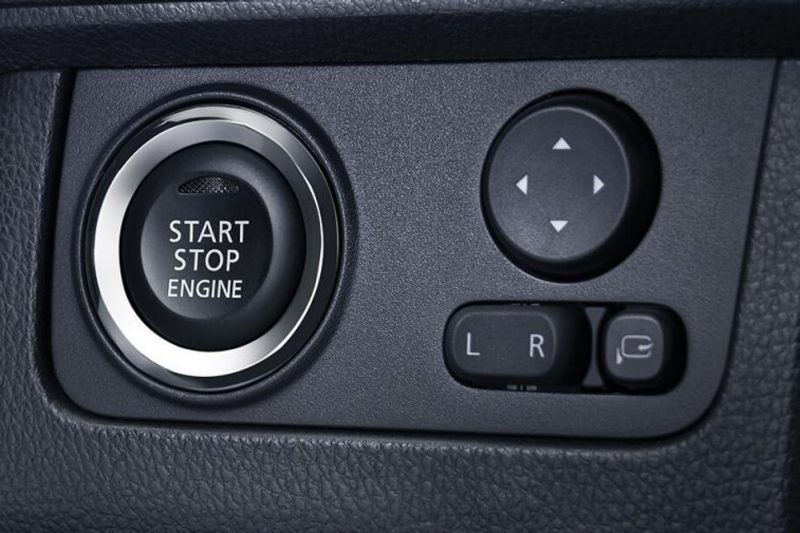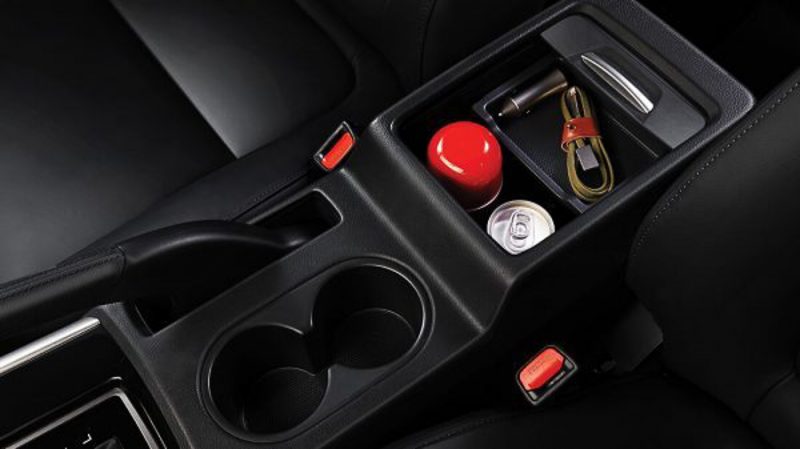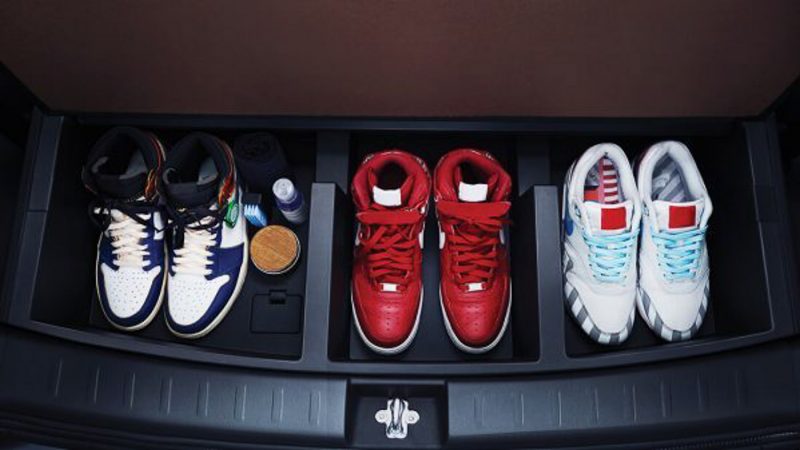Before you realise it, there could just be a handful of actual car manufacturers left in the future; while the rest simply “collaborate”, play second fiddle and introduce redesigned shells on the same platforms.
This may be a favourable situation for the accounting departments of those companies but what are we, as consumers, left with? What’s left in the name of a car brand?

The Mitsubishi Xpander and the newest addition to Indonesia’s pool of daily-trotters, the “new” Nissan Livina, is one such reflection of the situation.
Both share the same 1.5-litre engine engine with 104 hp and 140 Nm to drive the front wheels via a 5-speed manual or a 4-speed automatic transmission.

Playing the part of an adopter, it’s fair to say that Nissan has had some influence on the design of the new Livina but compared to the more dramatically-designed Xpander, it looked as if the former has had to take the back seat and be the lesser of the non-identical twins.
Take the new BMW Z4 and the new Toyota Supra for an example, look at how they turned out. Doesn’t take an expert to tell who got the lousier end of the deal.
But does take one to tell the Xpander and the new Livina apart; because they’re so similar.

Only way to do so, at first glance, is by the badge and perhaps through Nissan’s V-Motion grille and Mitsubishi signature Dynamic Shield front-end.
Otherwise, you’d be hard pressed to find that they’re from two separate manufacturers. Everything from the chrome trim along the side windows, the rims, the head and tail lamps, the steering wheel and the entire dashboard are the same.

Where’s the flavour in that? Look at the VAG group and you’d see a clearer picture with Volkswagen, Porsche, Audi, Bugatti, Bentley, Lamborghini all under one roof and most times, sharing the same parts bin.
Sure it’s a fantastic proposition both from a commercial and technological standpoint but it’s hard to not notice those glaring similarities and feel a lost sense of pride in a brand – like when you see a Volkswagen item in an Audi, vice versa.
And this, sadly, is only just the beginning.
IMAGE GALLERY
















